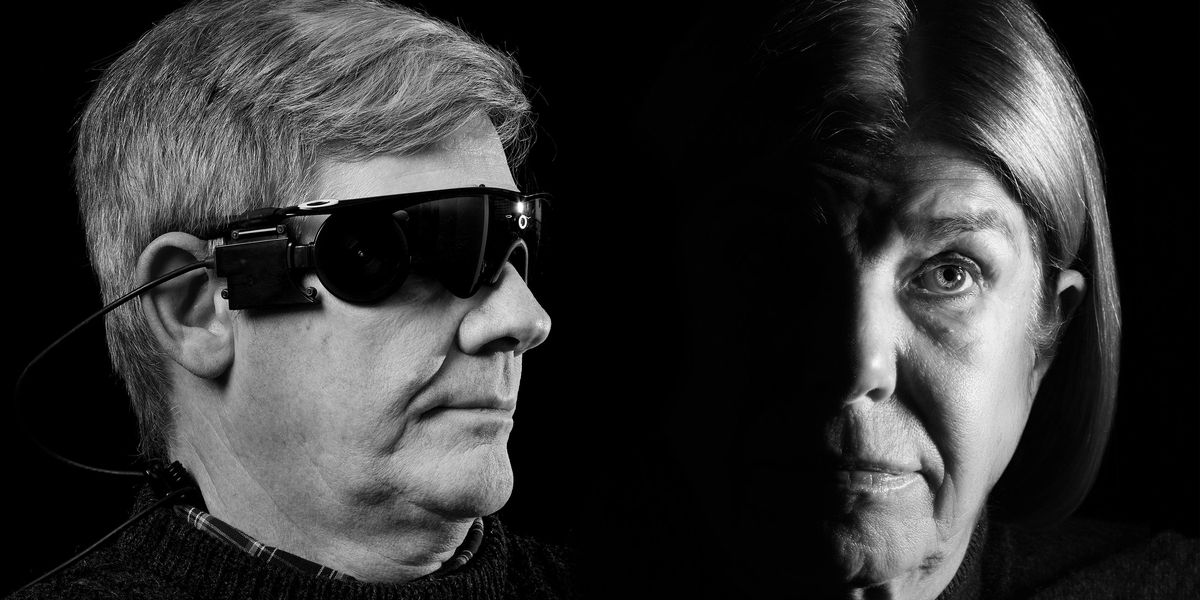Is this really a year old post? It was a good read regardless.
To comment on the topic, this is going to happen more and more, especially as proprietary stuff becomes more and more complex. With implants it’s obviously more serious, but this also applies to anything from cars to game consoles.
I’m no stranger to scrounging junkyards for car parts or ebay to replace components from an old console. However that cannot go on forever, as parts get more rare. This is somewhat remedied with eg. nintendo consoles, where some reproduction parts are available (cartridges, screens etc.). With more niche and increasingly complex products this option is often not available.
Let’s say I need a new microwave oven, and I have two options: a regular dumb box that heats up my food and goes “ding” at the end or a smart device that relies on a mobile app. I have always selected the dumb option, because I just can’t be sure that the app will continue to work after 5 years. What if the company goes bankrupt or simply decides it’s time for me to buy a new microwave? I want to keep on using that machine as long as it works and mobile apps don’t seem to be compatible with that idea.
What happens, when the non smart microwave finally breaks and only smart ones are being sold? You could buy used, but what happens when that used inventory is used up?
Fortunately in case of microwaves, the simpler ones have the same internal parts as smart ones, and as such some supply is most likely going to be available.
Eventually you just have to move on and pick the least bad option out there. Mobile phones have already reached that stage and TVs are getting there.
In the case of most honestly. Most electronics that have smart features aren’t extremely tied to them, as they just work without an internet connection/offline. The ones that do usually are advertised as reliant on apps at least where I live.
I don’t think this is going to happen on a scale where this technology will be unusable. But they need to be backed by a company that will not go bankrupt after 15 years.
I cannot currently see how it can be done with open standards reliably.
Going bankrupt is not the only potential issue. There can also be situations, where a company makes several generations of a product, and abandons support for the old ones.
This is already a serious concern with eg. older gen chip fabrication. The machinery required for each generation was built when that gen was new, and when that machinery breaks down, it might not be economical to rebuild that capability.
The bankruptcy situation was mentioning the article.
Of course, when it comes to commercial products they will eventually be discontinued. But as long as a good replacement plan is done, like you could get the newer model much cheaper by turning in your older generation one, it will not be too much of an issue for the ones who need it.
When its actually fair to discontinue such essential products for some its debatable.
The situation in the article is for sure unique, as replacing implants with a newer version is probably not feasible. Many other simpler medical devices are different, as they could be replaced as needed.
Cars generally have it figured out. Generally you can make a car drive without too much proprietary stuff. Even electric cars are generally quite simple when you strip away all the bells and whistles
This is infuriating
this is such a horrifying prospect, the consequences of which are best summarized by this paragraph:
These three patients, and more than 350 other blind people around the world with Second Sight’s implants in their eyes, find themselves in a world in which the technology that transformed their lives is just another obsolete gadget. One technical hiccup, one broken wire, and they lose their artificial vision, possibly forever. To add injury to insult: A defunct Argus system in the eye could cause medical complications or interfere with procedures such as MRI scans, and it could be painful or expensive to remove.







